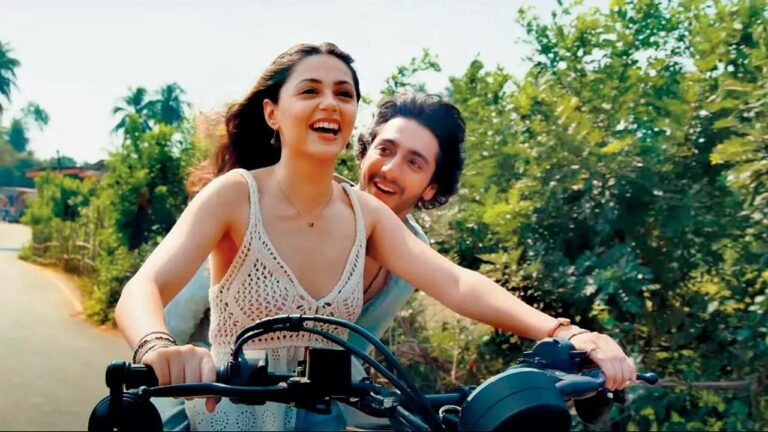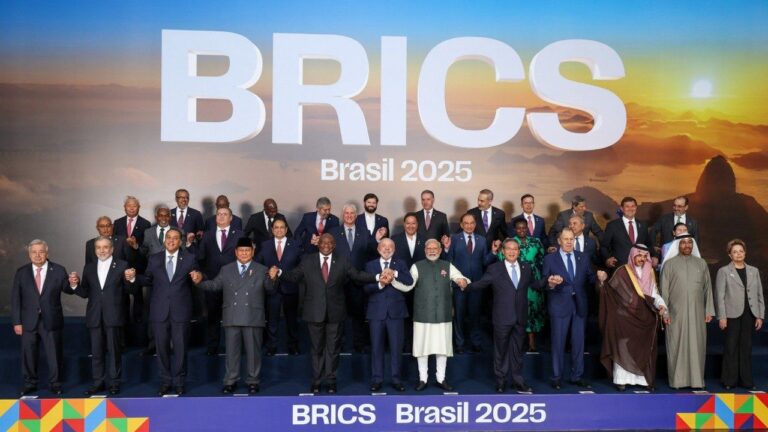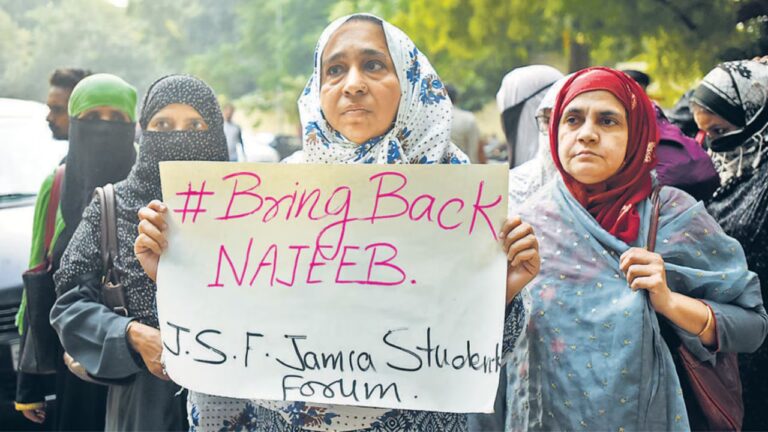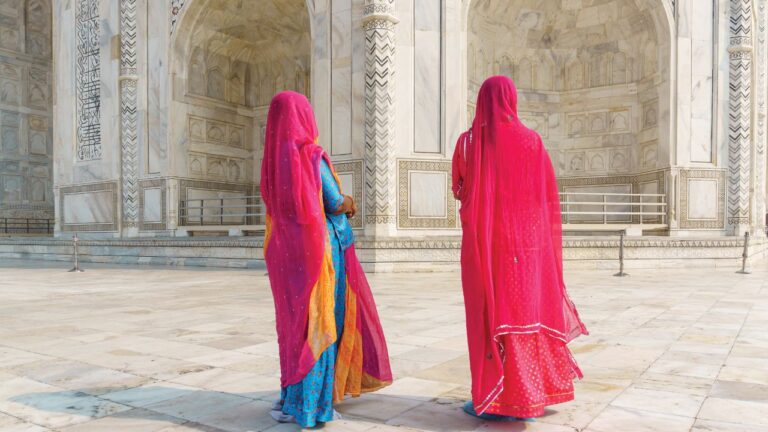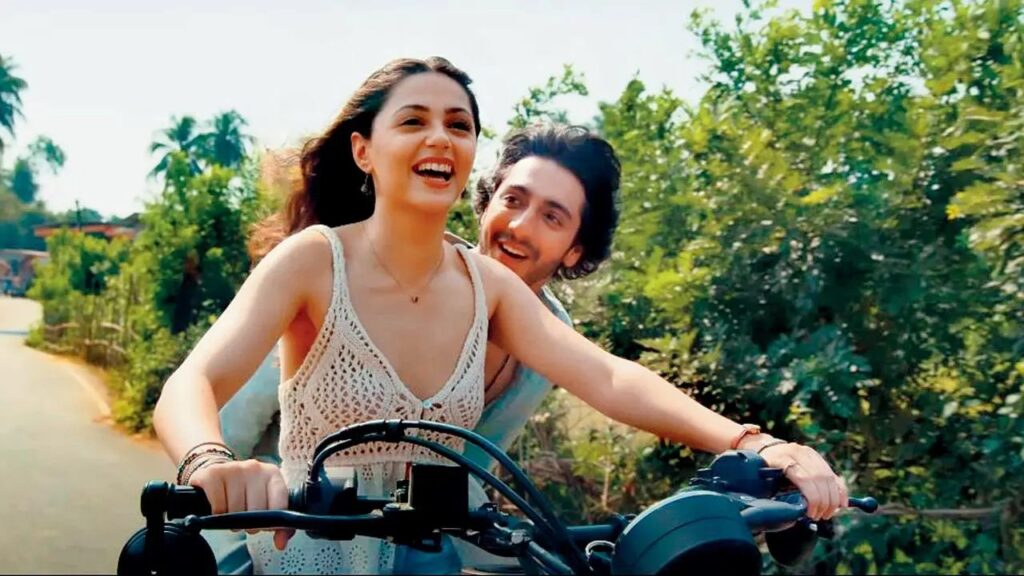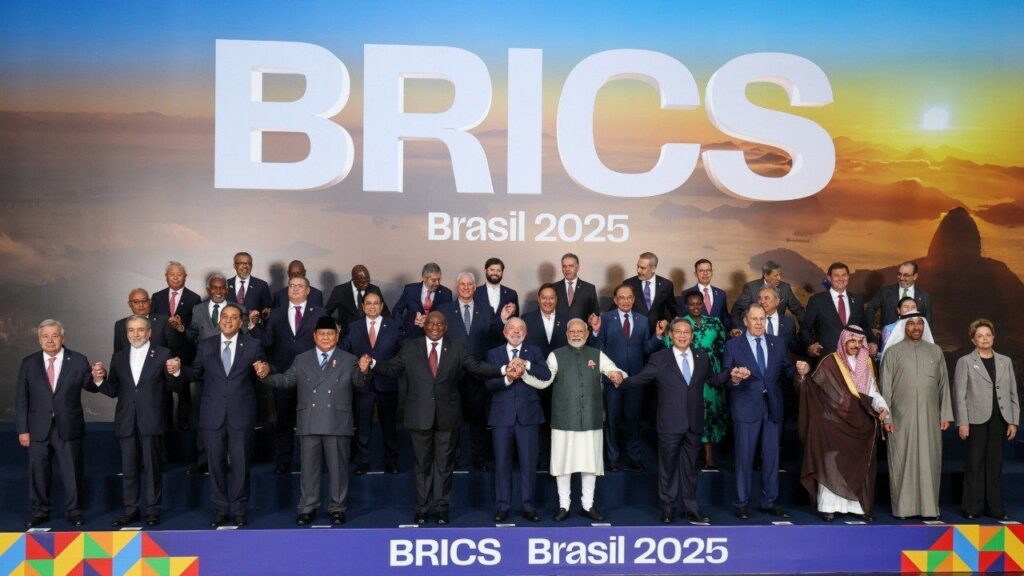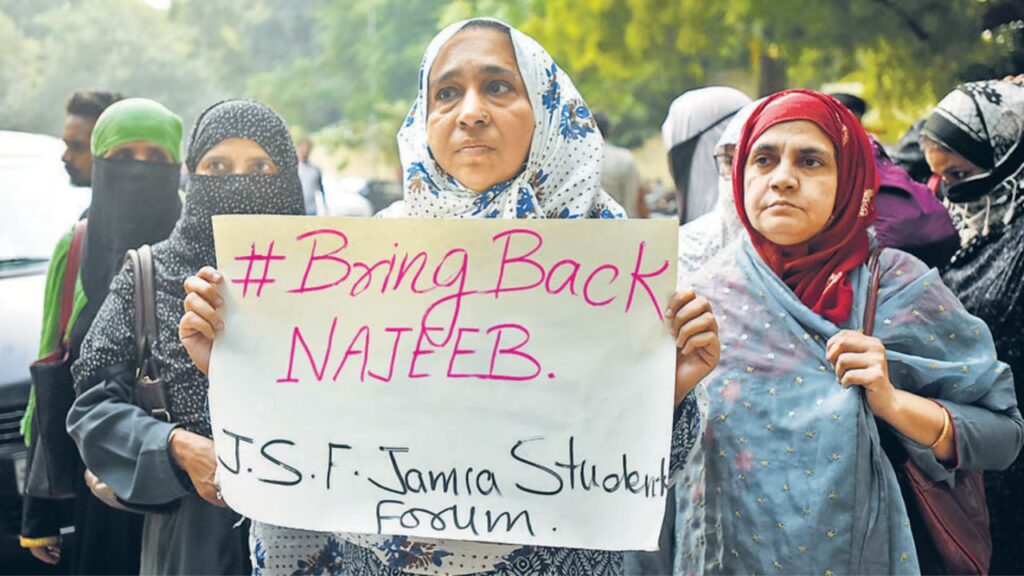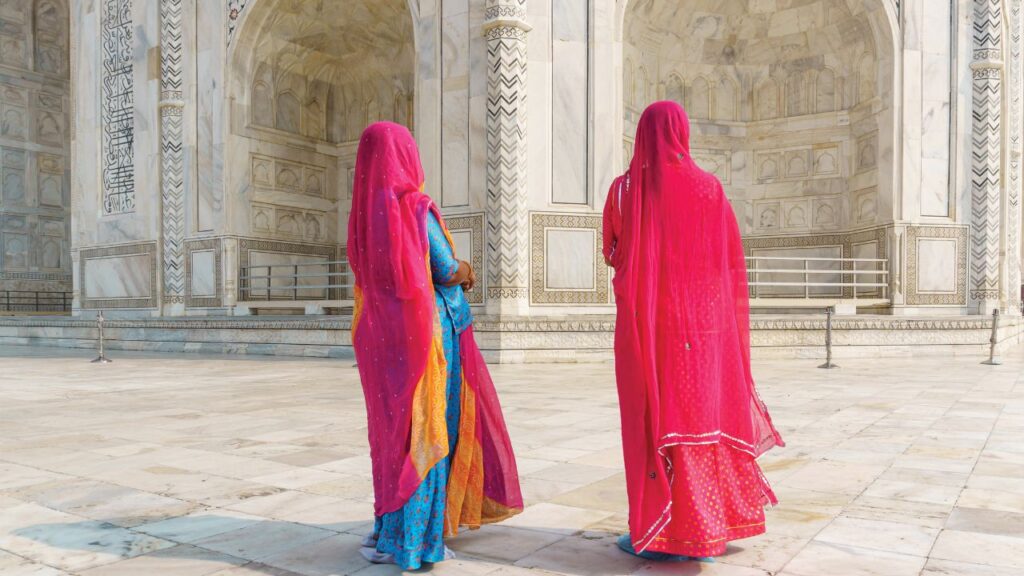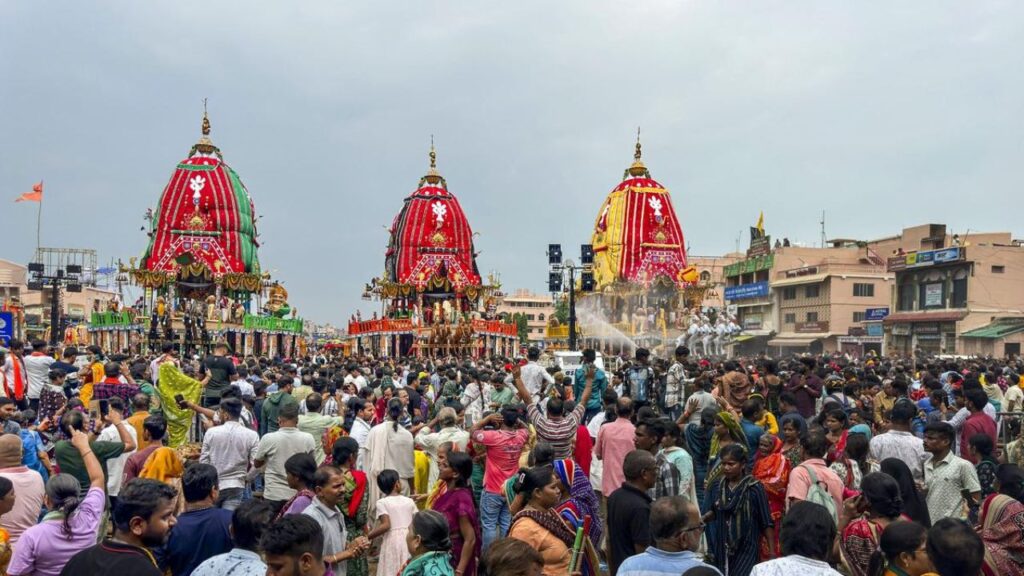Indian audiences are now experiencing more and more action movies, such as Animal, Marco, and the recent Hit 3 starring Nani, the quintessential “boy next door” actor, who is now being transformed into a killing machine. The violent tilt in Indian cinema is not new; from Ramesh Sippy to Ram Gopal Varma, many filmmakers have created a variety of masterpieces that are more “bloody red” than “romantic red.” Ram Gopal Varma’s Satya showed the real side of the underworld and influenced later films to adopt a darker tone.
Even some films considered harmless, like Akshay Kumar’s Khiladi 420, feature copious amounts of blood and intense action scenes. As one YouTube viewer commented, “This movie has a level of action that even Tom Cruise cannot copy.” While the action defines a Khiladi movie, it lacks the realism that Satya depicted. Then came Anurag Kashyap, who introduced gritty accuracy and raw violence in his films, influencing a new wave of Indian cinema.
Now, the definition of action has changed: what started as simple kicks and punches has evolved into full-fledged limb-cutting and heart-ripping sequences. Most filmmakers refrain from seeking an ‘A’ certificate, which offers artistic liberty but limits the film’s reach to all age groups, thus affecting box office collections. This compels directors to tone down even the most brutal films, making them more child-friendly by covering wounds with clothes and using other measures.
Marco, a Malayalam movie directed by Haneef Adeni, demonstrates that just as terrorism has no religion, violence has no gender or age. Traditionally, Indian cinema has depicted men as the primary victims of torture, murder, or mutilation. However, this film crosses that line, presenting violence as “neutral,” affecting men, women, and even children. It notably features a scene where a child’s head is crushed by a gas cylinder. In an interview, the lead actor of Marco, Unni Mukundan, stated that men have always been killed in movies, but violence is not gender-specific; in real life, women and children are also victims.
But the most important question is: why is gore successful in mainstream cinema? The best answer comes from Mukundan, who told India Today Digital: “I think people always want to fight back in their lives. From a layman to an office-goer to a big shot, everyone has this instinct to fight back and win. When you see a character trying to do the same on a big screen, you feel validated. In Marco, the cruelty and gruesomeness mirror the animal instinct that we all carry.”
What was once a simple long shot of a hand-chopping scene in Sholay now demands more realism, with close-ups and multiple angles. As a result, audiences are demanding even more action and gore-oriented movies, influenced in part by Hollywood films like Scarface and the Human Centipede series. This trend is now evident in Bollywood, with many action movies in the pipeline, such as the sequel to Animal, Animal Park. Director Sandeep Reddy Vanga has said, “Animal was just a trailer; Animal Park will have more violence than Indian cinema has ever experienced.”
While these films fulfill audience demand, cinema is also a tool of influence. From the era of Rajesh Khanna to Shah Rukh Khan, the clothing styles and personalities of film stars have shaped audience trends-even unusual hairstyles, like Sanjay Singhania’s in Ghajini. This proves that cinema does influence audiences, though perhaps not as prominently as some claim.
There is also ongoing debate about the depiction of violence in films like Animal, which showcase patriarchy, extramarital affairs, violence, and mistreatment of women. Critics argue these portrayals can negatively impact society. However, it’s important to note that these are depictions of extreme love or loyalty, not instructions for real life. Another debate worth addressing is that “men are making these types of movies.” But, the cult classic American Psycho, which inspired many bloody thrillers, was directed by Mary Harron, a female filmmaker.
Both audiences and filmmakers need to find a sweet spot between what audiences want and what they need. The hunger for more gore and action must be balanced with meaningful storytelling; violence should not be senseless or gratuitous. OTT platforms are also emerging as powerful spaces, offering extra cuts and bonus content, and becoming the first choice for many viewers. This shift gives underrated movies another chance. Ultimately, the tilt toward violence may make Indian cinema more “colorful”- mostly red- but it also has the potential to reach a global audience, resulting in greater profits and, inevitably, more bloodthirsty films.


